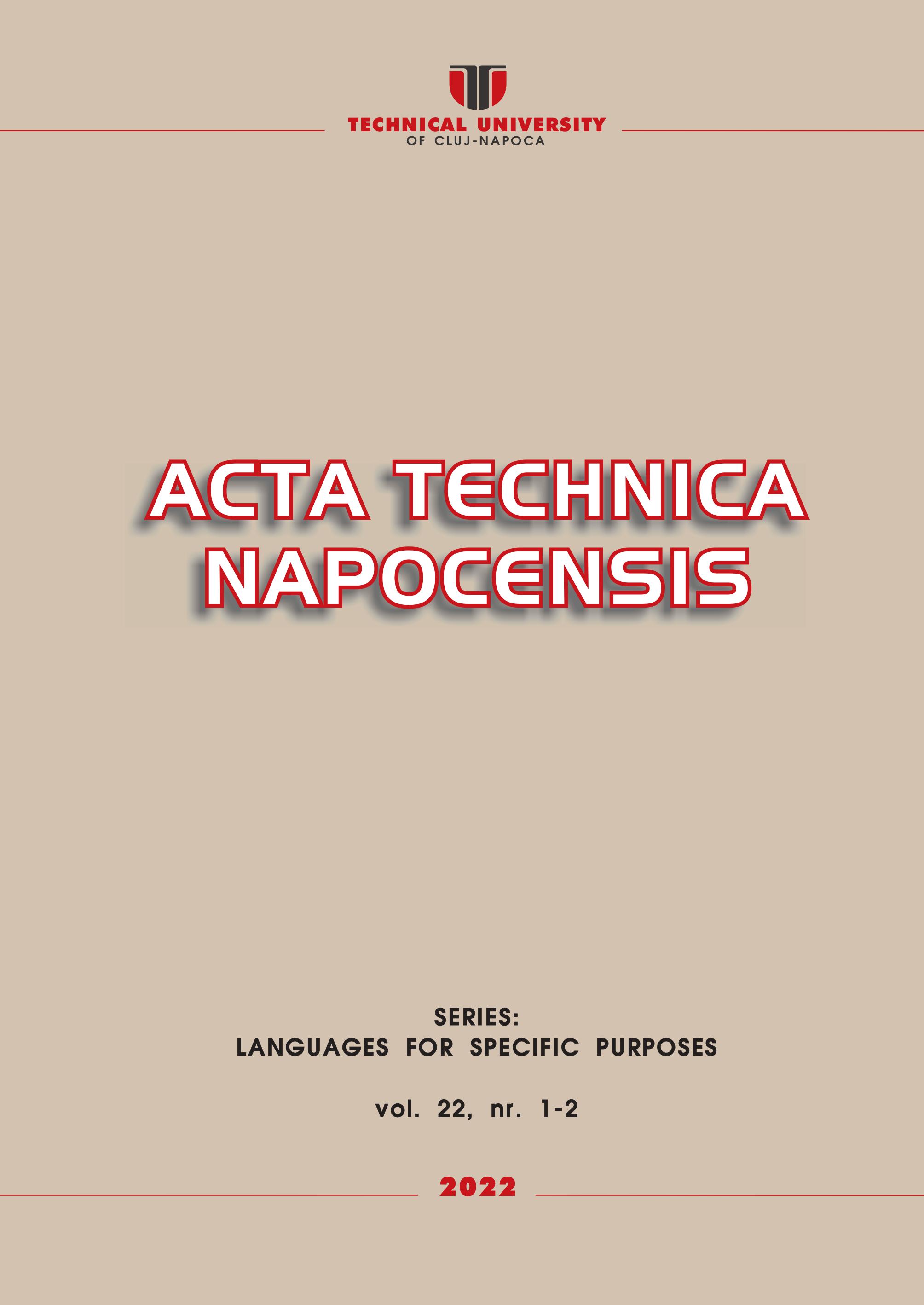Fachsprachenunterricht und CLIL. Interferenzen
CLIL and Languages for Specific Purposes. Interferences
Author(s): Mona TriponSubject(s): Language and Literature Studies, Foreign languages learning, Language acquisition
Published by: Editura U. T. Press
Keywords: CLIL; CLILG; Integrated Language Learning; Languages for Specific Purposes;
Summary/Abstract: Content and Language Integrated Learning (CLIL) is a current didactic concept, which combines content teaching with foreign language teaching. This concept has proven successful and is now used throughout Europe. This combination of linguistic components and content related aspects is also used in teaching languages for specific purposes at university level. But what makes CLIL so popular and successful, and could we teach Languages for Specific Purposes according to this model? The work tries to examine both forms of teaching, CLIL and teaching Languages for Specific Purposes for their common characteristics and differences. The content related component plays a decisive role in the case of both forms of teaching. One can also identify common teaching principles, similar methodological approaches and overlapping learning objectives and learning contents. Both forms of teaching function as a bridge and mediate between linguistic skills and content related or professional knowledge. The learning approach of CLIL is complex, integrative, and therefore particularly realistic. CLIL is so effective because it develops cognitive thinking and increases self-confidence. In both approaches, the learning process is dependent on subject-specific understanding and the authenticity of the learning content, and the supportive learning environment play a very important role in both cases.
Journal: Acta Technica Napocensis - Languages For Specific Purposes
- Issue Year: 22/2022
- Issue No: 1
- Page Range: 33-42
- Page Count: 10
- Language: German
- Content File-PDF

